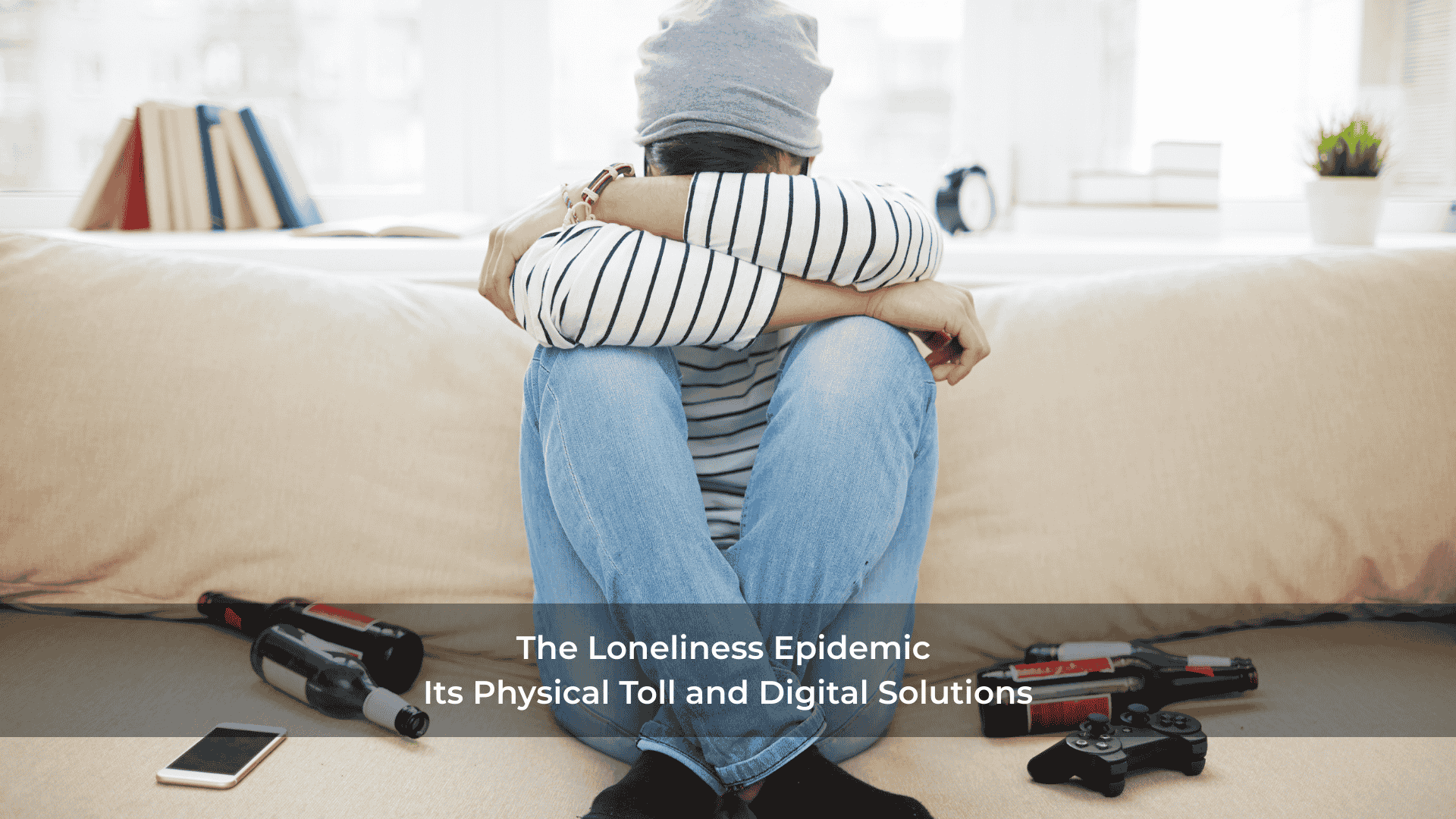Millions of people report feeling profoundly alone in an age where we’re more connected than ever. The so-called “loneliness epidemic” isn’t just a social issue—it’s a serious public health concern with far-reaching consequences. As researchers explore its physical effects, technology may also be part of the solution.
What Is the Loneliness Epidemic?
Loneliness is more than occasional isolation—a chronic lack of meaningful social connection. Studies show that even people surrounded by others can feel lonely if their relationships lack depth or authenticity.
The World Health Organization has called loneliness “a pressing global health threat,” with some countries even appointing Ministers of Loneliness to address it.
The Physical Toll of Loneliness
Loneliness doesn’t just affect emotional well-being—it can physically harm the body. According to research:
- It increases the risk of heart disease and stroke
- It’s linked to weakened immune systems
- It may lead to higher inflammation levels
- Chronic loneliness is associated with early mortality, comparable to smoking 15 cigarettes a day
Brain scans of lonely individuals also reveal changes in cognitive function and stress responses, underscoring how deeply our need for connection is wired into our biology.
Why Are We More Lonely Now?
Several modern trends contribute to rising loneliness:
- Remote work and digital communication are replacing in-person interactions
- Urbanization leading to less tight-knit communities
- Social media, which can create feelings of comparison and disconnection
- Aging populations, with more seniors living alone
- Post-pandemic shifts, where many social routines were permanently disrupted
Digital Solutions to a Digital Problem?
Interestingly, technology—often blamed for increasing isolation—may offer fighting tools. Some promising approaches include:
1. AI Companions and Chatbots
Tools like Replika and Woebot provide mental health support and companionship, especially for those without access to therapy or regular social interaction.
2. Virtual Reality (VR) Social Spaces
Platforms like VRChat or Meta’s Horizon Worlds allow people to socialize in immersive environments, reducing feelings of physical isolation.
3. Community-Based Apps
Apps like Nextdoor, Meetup, and even Bumble BFF help users find local events, shared interests, and friendships nearby.
4. Digital Therapy Platforms
Telehealth services offer easier access to counseling and mental health professionals, helping individuals manage the emotional weight of loneliness.
Balancing Tech with Real Connection
While digital tools can help, they do not replace genuine human relationships. The most effective strategies often blend technology with real-world efforts, such as:
- Encouraging community volunteering
- Creating inclusive workspaces
- Designing cities for interaction (e.g., parks, walkable spaces)
- Supporting intergenerational connection programs
Conclusion
The loneliness epidemic is a silent crisis with very real health consequences. As we rethink how we connect in a digital age, personal awareness and technological innovation will be essential in healing social disconnection.
Genuine connection starts with one action—a call, a visit, a shared moment. Even in a virtual world, human warmth remains our most potent medicine.

